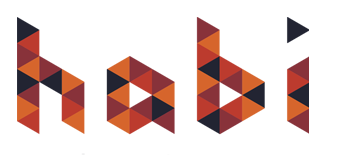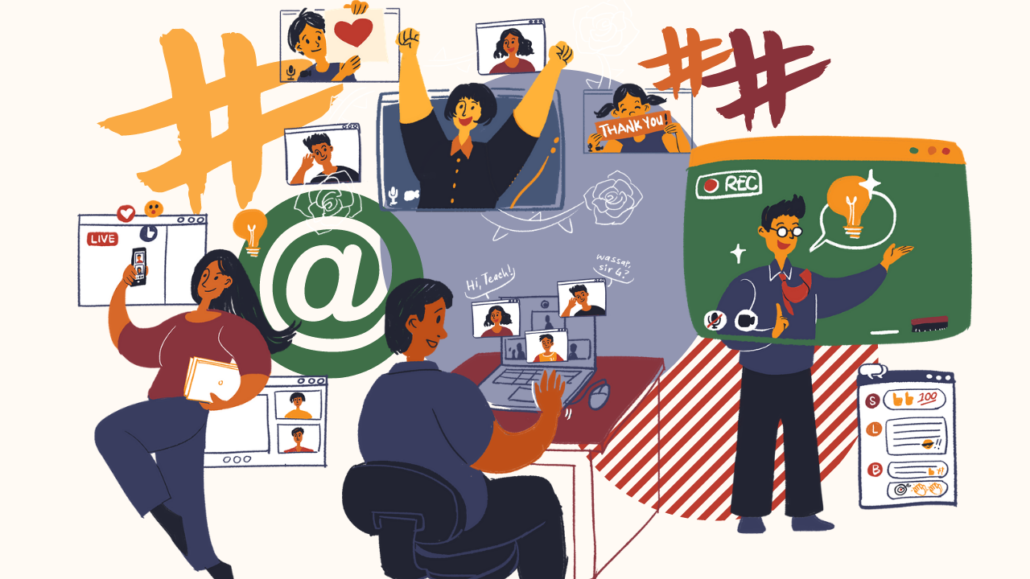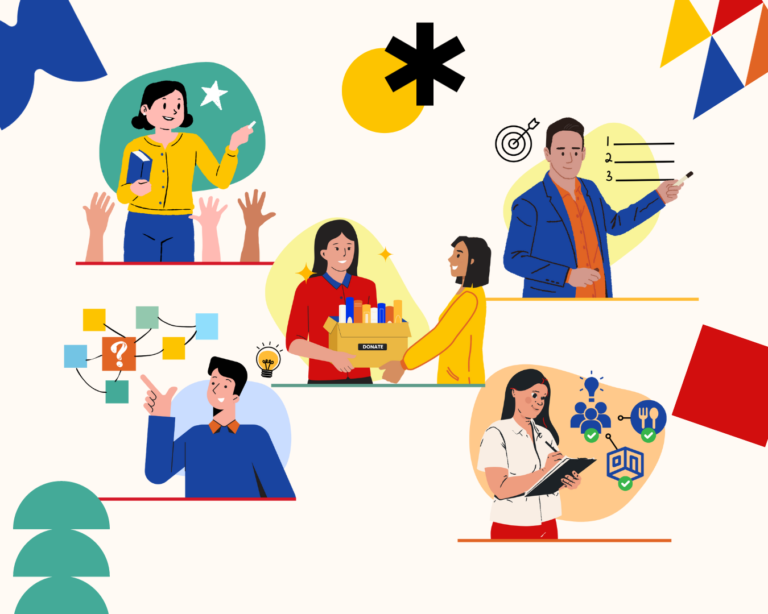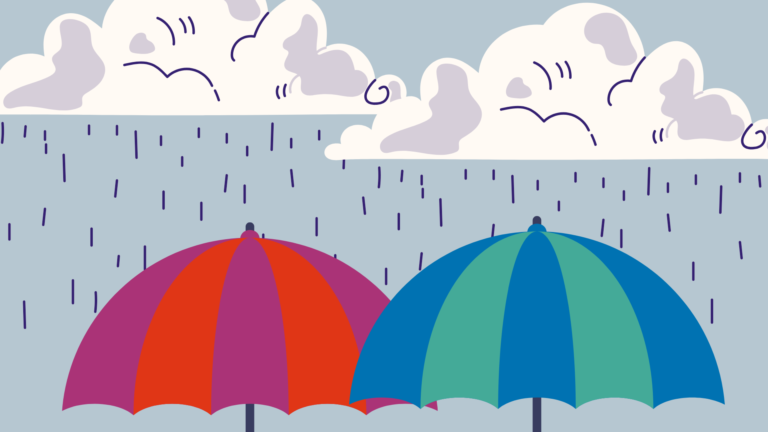Back in 2015, the Philippines was first dubbed the “social media capital of the world,” and we’ve held that title for about 6 years now. According to the Digital 2021 report on the Philippines, we have about 89 million social media users, or about 80.7% of our population of 110.3 million. Filipinos spend an average of 11 hours a day online, and a little over 4 hours a day on social media, which isn’t really a shock considering our shift to a mostly online way of life in the past year due to the pandemic.
Education in the Philippines has also become reliant on the internet during the pandemic. With the uncertainty of returning to face-to-face classes, distance or online learning remains the norm. However, digital learning platforms are not the most reliable or effective channels for learners and educators alike given the many challenges of accessibility and affordability when it comes to learning in the country.
Knowing the accessibility, intuitiveness, and reach of social media, how might we better harness these platforms for learning?
Learning as a Social Process
Utilizing social media for learning makes sense when we think of learning as a social process. If we recall Vygotzky and his social learning theories, the social context has a major influence on the learning process – learning takes place in the interactions a learner has with their peers, teachers, and other experts.
Social media can thus provide this social context, since how we would usually interact, discuss, collaborate, and learn from our peers and each other in the classroom has become digital during the pandemic. Following this social learning theory, educators could also look into designing these digital environments to enhance and maximize learning in the same way that we design our schools and classrooms.
We can also use social media to cultivate lifelong learning in a seamless and natural way! Social media has become ingrained in our day-to-day lives, and it’s also full of informal learning experiences that a learner can engage with at their own pace and discretion. Opportunities are plenty for educators to maximize this to support and enhance the learning experiences they make for their students.
Dangers and Pitfalls of Social Media
Social media can be notoriously difficult to manage and keep safe, especially for our young and impressionable learners, so it’s extremely important for us educators to help learners navigate social media safely and responsibly. . Fake news and misinformation, privacy breaches and identity theft, cyberbullying – these are just a few of the issues and risks that come with using social media.
Another issue, albeit a bit more minor, when using social media for learning is the potential distractions a learner would encounter when using social media. We can’t always control what the learner would encounter, especially when they access the platforms on their own and at their own time, but we need to help them set boundaries and help them regulate themselves when using social media.
Here are some resources on how to stay safe online:
- Social Media – Stay Safe Online
- 11 Social Media Safety Tips For Students | Technology
- Social media can be a powerful learning tool. Here’s how to use it safely in the classroom
Know your platforms
It’s important to be familiar with the different social media platforms that we can readily access online. SInce the pandemic started, many of these platforms have been adapted for educational purposes so it won’t be surprising to see existing learning content or features already available for you to use.
Facebook – Facebook can be used as a space for creating learning communities. You can organize your class communications by setting up Groups, send messages using Messenger (which can be free when used for text-based communication), organize conversations, and share resources through the platform. Groups also have a feature called “Guides” (formerly known as Units) that allow you to host scaffolded learning content that users can go through step by step. You can even use Facebook live to broadcast your lectures to the groups. To support educators in transitioning to more digital modes of education, Facebook has created the Digital Tayo program, a platform with curated resources on cultivating essential digital literacy skills.
Here are some additional resources that could help:
- Using Units in your Facebook Group
- Facebook Group Units Tips in 2021 – Now called Guides
- Using Facebook For eLearning: The Ultimate Guide For eLearning Professionals
Youtube – you can search Youtube for videos on different topics by other educators and experts. Use it for creating a flipped classroom experience and curate learning playlists for students, or use it as a platform to host your own or your learners’ own content. Here are some great tips on using Youtube for learning: Harnessing the Power of YouTube in the Classroom
TikTok – TikTok is one of the fastest growing social media platforms. Fun and engaging, many educators and subject matter experts have used the platform to share learning content to millions of people. #LearnOnTikTok and #EduTok are just some of the hashtags that try and collect the learning content for easier viewing, so consider it as a useful resource for making bite-sized lessons. TikTok makes video content creation and editing very easy and accessible so you can use it for creating project outputs or for documentation.
Here are some additional resources that you can check out:
- How can TikTok Be Used in the Classroom?
- How Teachers and Students Are Using TikTok in the Classroom
- From Headache to Helpful—Teachers on Using TikTok in the Classroom
Twitter – Twitter is a micro-blogging platform. With only 280 characters at your disposal, most of the ideas shared are very succinct, but it’s also helpful in sticking to only the most essential form of the messages and ideas being communicated. You can use Twitter for communicating and helping learners summarize and communicate their ideas in a concise way, access information through hashtags, and even connect with key organizations, agencies and experts who are using the platform to share information.
Here are some additional guides and tips on using Twitter:
- How Can Twitter Be Used in the Classroom?
- Teaching and Learning with Twitter
- 15 Ways To Use Twitter In Education (For Students And Teachers Alike)
Tips on using social media for Learning
Here are some of our tips on using social media for learning, regardless of the platform you choose to use:
- Understand the role social media plays for the learning experiences you want to make – Is social media a support or enhancement to the learning or is it your only means to connect with your learners? Identifying this distinction is important to help you in planning out the learning experience. If it’s your only means to reach your students, you need to think about how to set boundaries and create distinct experiences so you can still effectively engage with them without becoming monotonous or overwhelming, or having it conflict with your learners’ personal use of social media. It’s also important to know which platforms your students are on so you know which ones to harness for learning
- Involve your learners (and their parents/family) in the process – It might be difficult to think how social media could be effective for learning, so why not let your learners decide how to use it? This could help ensure that they claim ownership in their learning process. Try to involve their parents and families as well, so they are at least aware that they’re not just wasting time on social media but are actively learning as well.
- Prime your learners – You can’t facilitate or mediate how your learners interact with social media platforms all the time, so it’s important that you equip them with the necessary skills to navigate these platforms safely. Make sure they know how to research and verify information, spot fake news and misinformation, and to maintain their data privacy. If they can make it past these dangers, they can then freely access the wealth of information and knowledge being shared online.
It’s difficult to imagine returning to a time where technology, the internet, and social media aren’t a big part of our lives. Rather than treating it as an unnecessary distraction, we should look for ways to make it work for us rather than against us. Although we are still dealing with technology access and infrastructure issues in the country, moving towards a more blended mode of learning can pave the way to a better normal for education.



